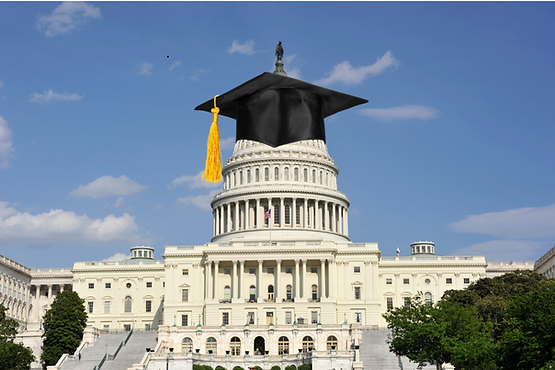Please Follow us on Gab, Minds, Telegram, Rumble, GETTR, Truth Social, Twitter, Youtube
The “One Big Beautiful Bill Act” (OBBBA), often referred to as the “Big Beautiful Bill” (BBB), includes provisions for a federal school choice program, primarily through the Educational Choice for Children Act (ECCA). The specific language related to the school choice provision in the BBB focuses on establishing a federal tax credit program to incentivize donations to scholarship-granting organizations (SGOs), which then provide scholarships to families for various educational expenses. Below is a summary of the key language and details based on available information:
### Key Language of the School Choice Provision in the BBB:
1. Federal Tax Credit for Donations: – The ECCA provision creates a dollar-for-dollar federal tax credit for individuals or businesses who donate to eligible SGOs. This credit is capped at the greater of $5,000 or 10% of adjusted gross income annually for taxpayers. – Unlike traditional tax deductions (e.g., for charitable contributions, which are capped at reducing taxable income), this tax credit directly reduces the donor’s tax liability by the amount donated, up to the cap. – Donations can include cash or the market value of appreciated assets like stocks, providing a tax-advantaged way to support scholarships while potentially avoiding capital gains taxes.
2. Eligible Uses of Scholarships: – Scholarships awarded by SGOs can be used for a range of K-12 education-related expenses, including: – Private school tuition. – Tutoring or educational classes outside the home, provided the tutor or instructor is licensed, has taught at an eligible institution, or is a subject matter expert. – Fees for standardized tests, Advanced Placement exams, or college admission exams. – Dual enrollment fees for higher education courses. – Educational therapies for students with disabilities, provided by licensed or accredited practitioners (e.g., occupational, behavioral, physical, or speech-language therapies). – Homeschooling expenses, including textbooks, curriculum materials, and other educational resources, whether the homeschool is treated as a private school or homeschool under state law.
3. Eligibility for Scholarships: – Scholarships prioritize low-income families, with eligibility extending to families earning up to 300% of the area median income. For example: – In Daviess County, Kentucky, a family of four earning under $195,969 would qualify. – In Los Angeles County, California, a family of four earning under $263,280 would qualify. – In Loudoun County, Virginia, a family of four earning under $536,121 could be eligible. – There is no explicit cap on the amount an SGO can award to a family, allowing flexibility based on need or educational costs.
4. Program Scope and Funding: – The program allocates $5 billion annually in tax credits to support the scholarship program, with the option to increase the cap by 5% each year. – The program is set to sunset at the end of 2029 unless renewed by Congress.
5. Protections Against Government Regulation: – The language emphasizes that no government funds are directly provided to schools, families, or SGOs, aiming to minimize federal regulatory oversight. Instead, the program relies on private donations incentivized by tax credits. – This structure is intended to address concerns, particularly from homeschooling communities, about potential government “strings” or mandates attached to funding.
6. Controversial Provisions: – Non-Discrimination and IDEA Compliance: Private schools accepting scholarship funds must comply with the Individuals with Disabilities Education Act (IDEA), ensuring a Free Appropriate Public Education (FAPE) for students with disabilities. This includes developing Individual Education Plans (IEPs) tailored to each student’s needs.
Fellows & Editors
July 2, 2025 – Copyright DelmarvaPTC.org
To stay informed, sign up to the Delmarva Parent Teacher Coalition and follow us on facebook to know what’s really happening with education in our schools.
All copyright © information provided at no charge under the Fair Use Act and strictly for educational purposes and public awareness.

